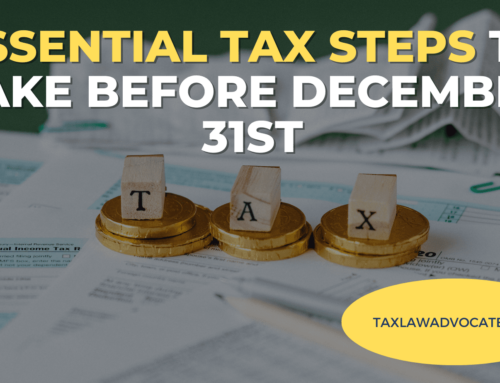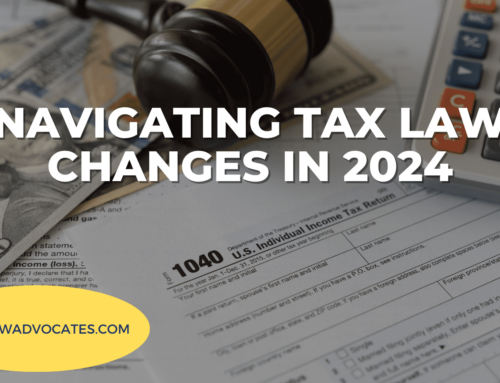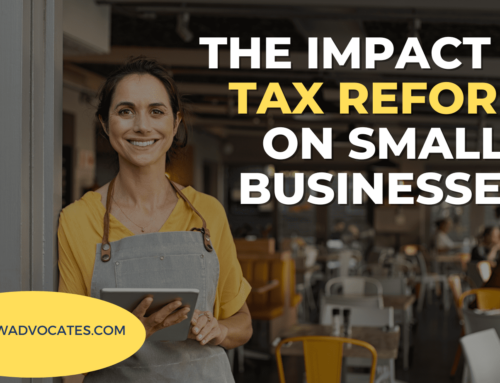The Child Tax Credit is a federal benefit that lowers the amount of income tax owed by families with children. It was put into law in 1997 and has grown multiple times since then.
It’s a credit that lowers your tax bill rather than a deduction that reduces your taxable income. The temporary amendments in place for 2021 make it a near-universal monthly child allowance instead of the annual tax relief it was initially intended to be. The modifications were created as part of the $1.9 trillion Covid-19 stimulus plan passed in March.
According to the IRS and the US Treasury Department, approximately 1 million families have already elected to forego the payments, which can amount to hundreds of dollars per month.
The increased child tax credit is part of the American Rescue Plan, signed into law in March. The credit will grow to $3,000 per kid under the age of 17 in 2021, up from $2,000, with an extra $600 benefit for children under 6.
This can be paid in monthly installments — $250 per month for children between the ages of 6 to 17 and $300 monthly for children under six.
Children ages 17 and younger in families with adjusted gross income amounting to $75,000 or less (for single parents) and $150,000 for jointly filing couples remain eligible for the full credit. Eligibility ends with individuals earning $95,000 and couples filing jointly but are making $170,000+. These couples will stay eligible to claim the regular child tax credit.
Families who have a habit of owing money to the Internal Revenue Service, or self-employed parents who regularly make estimated quarterly payments, may choose to preserve the entire credit for the following year rather than collecting half of it. The benefit offsets what they have to pay in the end.
Others have chosen to opt-out because they would like to get a huge lump sum to spend all at once rather than smaller sums of money monthly.
Separated parents who share custody may prefer to skip the advance payments to make tax filing easier. Yearly, many parents switch who claims the children, and therefore who gets the credit also changes.
Because the IRS is mainly working with data from 2020, money would be routed to the parent who claimed the children that year.
The quickest way to get advance payments is to file your tax return electronically. Be sure to provide pertinent information so that your payments can be sent directly to your account. You’ll need to enter routing and account numbers using a prepaid debit card or bank account. Mobile apps can also be used for receiving direct deposits. Be sure to check out the Child Tax Credit Update portal here.
Many financial institutions will assist you in opening a low-cost or no-cost bank account if you want your money direct deposited.
In most cases, you will not be required to take any action. You must, however, take action if you have not yet filed tax returns from the years 2019 or 2020.
The IRS’ simplified tax return will allow qualified taxpayers to claim the 2020 Recovery Rebate Credit, as well as register for advance Child Tax Credit installments and the third Economic Impact Payment.
Advance Child Tax Credit shall not be considered income when determining if anyone else is eligible for assistance and other benefits under any federal program or any state or local program that federal funds have financed. In addition, for at least 12 months after you receive it, these programs cannot use advance Child Tax Credit payments as a resource in determining eligibility.
The IRS will begin issuing Letter 6419s in January 2022 to taxpayers.
Letter 6419 will detail the entire amount of advance Child Tax Credit that people received in 2021. Be sure to retain this letter with your tax documents to prove your advance Child Tax Credit payments. In addition, during the 2022 tax filing season, you may need to refer to this letter when filing your 2021 tax return.
Last July 15, the IRS began distributing Child Tax Credit payments. These payments will continue to be made monthly until December 2021.
If you have qualified children, you are eligible for Child Tax Credit payments in advance. However, if you’re filing a joint return, you- or your spouse — must spend more than half of the year in one of the fifty states. Staying in the District of Columbia will also count toward your eligibility.
Your primary residence is any location where you regularly live. It doesn’t have to be the same physical site throughout the taxable year. Your home can be a temporary lodging, apartment, house, shelter, mobile home, or other location.
To get these benefits, you don’t need a permanent address. Instead, you are generally recognized as living in your main residence if you are temporarily absent from it due to military service, vacation, business, or illness.
The Advance Child Tax Credit payments are not considered income and will not be shown on your 2021 tax return.
The total amount you received in 2021, on the other hand, is based on the IRS’s projection of your Child Tax Credit. Therefore, if the said sum exceeds the amount of Child Tax Credit you are permitted to claim on your 2021 tax return, you may be required to reimburse the difference in the next filing season.
You can unenroll if you don’t want to receive monthly advance Child Tax Credit payments and would instead claim the full credit, or if you know, you won’t be eligible for the Child Tax Credit in 2021.
The current schedule for updating information is as follows:
– June 21 – You can start finding out if you are eligible. You can also unenroll from payments if you want to opt-out.
– June 30 – Taxpayers can start making updates about their banking information in preparation for payments in August.
– August – You can make changes to your address if needed.
– Late summer – If there are any changes to the status of your dependents, make the changes in late summer. If you changed your mind, enrolling could also be done in this period.
If you want to learn more about Child Tax Credit, talk to a tax professional in California, Tax Law Advocates. We are here to help! Get a FREE consultation today





